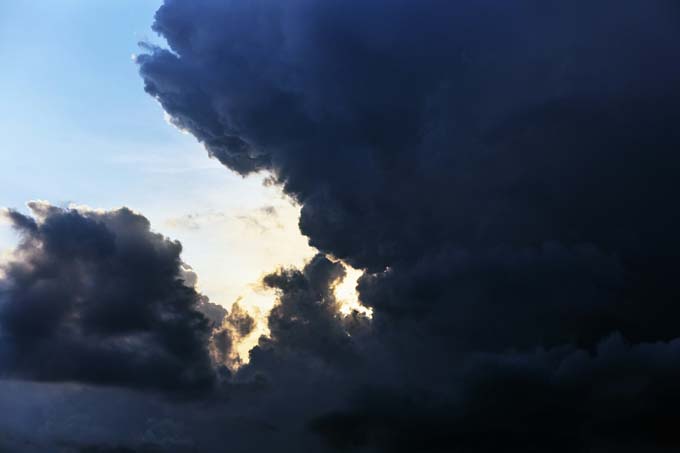Through suffering and digitization pressure to high-performance organization
When a company is faced with change, the aim is to remain competitive, to continue to achieve its goals and to be able to react flexibly, i.e. to become a so-called high-performance organization. Digitization plays a major role in this - but not only.

Today, market conditions are changing much faster and more drastically than they did a few years ago - the same applies to customer requirements, which have to comply with massive legal changes, among other things. How a holistic approach on the way to a crisis-proof, digital and process-optimized company can look in this environment and which questions have to be asked are explained by the experts of the Swiss consulting firms hpo and CNT Management Consulting.
Suffering pressure as an impetus for change
Our world, and so markets, tend to change faster and faster. With the increasing number of companies and new technologies, disruption seems to be the rule rather than the exception. In addition, the pressure on companies to meet the ever-increasing customer expectations is intensifying. Legal changes also have a major impact, as an example the currently discussed CO2 pricing on long delivery or distribution routes. "The impetus for change always comes from a certain level of suffering, and this can look very different," explains Andreas Lechner, Partner at CNT Management Consulting. Some customers cannot deliver the desired quality, are not fast enough in production or one has to become fundamentally more innovative in order to make resources available and to be able to bring a product to market at all. For others, the transition from the outgoing SAP model R3 to the newer S4HANA is the starting signal they need to take a critical look at their own Target Operating Model (TOM) and the processes it contains. For a company to evolve into a high-performance organization, clear strategic goals must be set and market positioning must be unambiguous. "The Target Operating Model, the digital core of the company and the entire organizational structure must be process-oriented," continues Stefan Zirhan, partner at hpo management consulting. In addition, employees with the appropriate skills and requirement profiles are crucial for success - and the intrinsic will of all those involved for further development should not be underestimated.
Ask the right questions
In order to establish a so-called process-based corporate structure and ultimately satisfy all stakeholders, the two consulting companies have developed a holistic approach. This is designed to look at and optimize the entire enterprise architecture. In addition to analyzing the processes, the digital core design and the actual transformation, this also includes a comprehensive performance check-up at the beginning. Here, an understanding of the individual functioning of the company is to be created, and the previous ERP (enterprise resource planning) landscape is to be recorded and evaluated. "Before we define and prioritize the individual action areas, we first need to ask the right questions, i.e. what is my market and who are my customers? What is my value proposition and what is its USP. How is my value chain structured and where do I source materials?" is how Zirhan describes the first step.
Target operating model must fit the market
Once the individual fields of action have been defined and prioritized, the TOM, or "target operating model" in German, can be developed. This is used to define and document future optimization strategies and thus represents the link between vision, strategy and the organizational structure. "This is often where the problem starts," explains Lechner. The TOM, he says, must fit what the company sells, the markets in which it operates and the suppliers it uses. "Because often companies never see the end customer who will use their product, not even the installation company that installs the heating system, for example, but only the planning office that orders the control valves. The question of the purchasing decision is not so easy to make here," Lechner points out.
Following the pressure of digitization
Only then do we move on to digital core design, in which all processes are individually defined in line with the TOM and the conversion of current business cases takes place. "In this step, we then implement digital solutions, such as SAP S/4HANA or Ariba," Lechner continues. After that comes one of the most important steps, namely the involvement of employees and the development of a suitable communication strategy - the aim is to turn those affected into participants. "Change management measures and subsequent regular check-ups to anchor the TOM help our customers to ensure implementation and then to actually be able to realize innovation," concludes Zirhan.
Sources and further information: https://www.cnt-online.com/de/ and https://www.hpo.ch/









